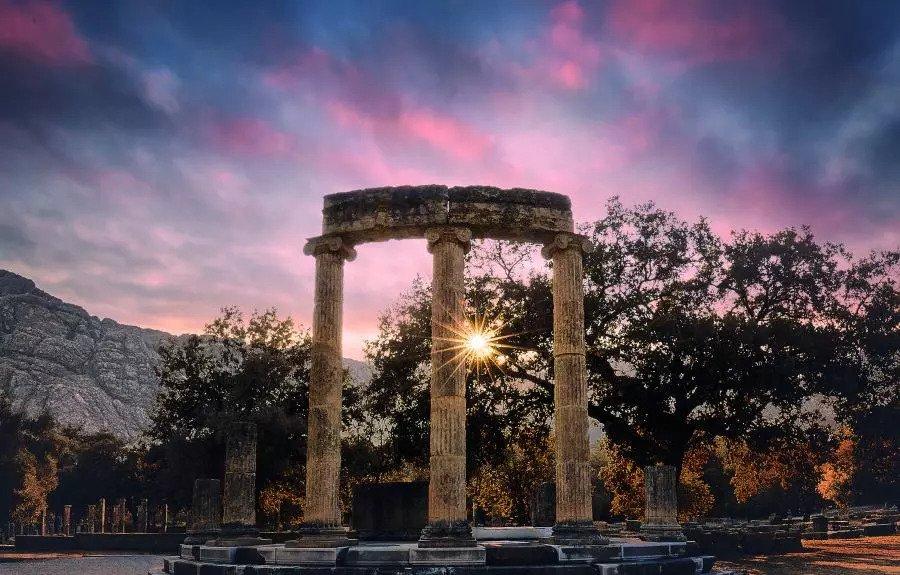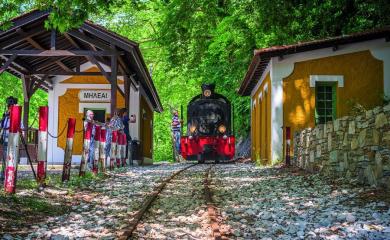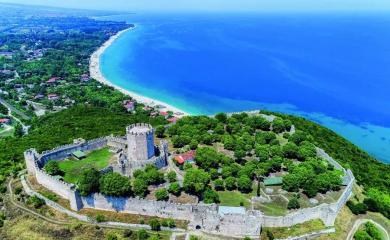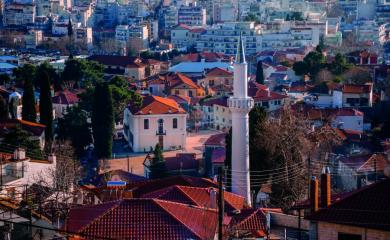On the land that gave birth to the Olympic Games
Using as a base the picturesque Katakolon, the trip to Ancient Olympia reveals, at the foot of Mt. Cronius, the most praised sanctuary of the ancient world, and, at the same time, one of the 10 “best hidden” Museums of Europe.
Katakolon
Seaport of Pyrgos and an important raisin export center until the late 19th century, the small, picturesque sea town of Katakolon is the second most visited cruise port in Greece and the base of thousands of tourists who seek for quiet, quality vacations and easy access to other famous nearby destinations, like the magnificent Ancient Olympia.
At the port entrance, the restored raisin depots are used today as cafés and taverns, while the Museum of Ancient Greek Technology, across the railway station, which opened its gates in the heart of Athens as well (6 Pindarou Str., Kolonaki), reveals the contribution of the Ancient Greeks to the field of ancient Science. At the same time, FlightNetwork, one of the biggest travel guides of Canada, lists the Museum of Archimedes in Ancient Olympia as one of the 10 best hidden museums of Europe. This thematic museum of science and technology, dedicated to the greatest mathematician, physicist, mechanic, astronomer and inventor of classical antiquity, is an alternative and very interesting suggestion for everyone who wants to be initiated in the subject and admire the cutting-edge technology of the Greeks' late antiquity.
www.kotsanas.com
Ancient Olympia
If you take the train from the beautiful railway station by the central square of Katakolon, the approximately 45’ trip to Olympia concludes in one of the most famous and imposing archaeological sites of the entire world. Ancient Olympia is one of the most well-known tourist destinations worldwide. It lies in a valley created by the confluence of the rivers Alpheios and Kladeos. The setting is beautiful and serene. In the entrance to the ancient stadium, you feel that this site is different. The deep energy of the place is pulsing under your feet; you hear the cries of the struggling athletes, you walk in their steps, you sense their need to excel, yet upholding the spirit of fair play. This sanctuary in the “valley of Gods” is a monument to humanism; taking part in a noble contest with pure heart and body to honor the ideal of “kalos kagathos”, both virtue and beauty, for the reward of a wild olive wreath.
The universal values of the Olympic Idea and the sacred truce were born there. For three months, during the truce, the athletes came together from every Greek city in the Mediterranean to compete as free and equal men. Olympia offered peace and justice: a global heritage since then. The significance of the celebrations is evident, considering that the Olympiad –the four year period between two Olympic Games– became a chronological measurement system in the Greek world.
The names of the Olympic winners are remembered; they are written on honorary plaques around the site. The victors were honored like heroes. City walls were torn down when they returned to their homeland, demonstrating the citizens’ sense of security having these men among them. The Olympic flame for the modern Games is still lit here, in a stadium remaining the largest of its kind.
In the Archaeological Museum of Olympia, the permanent exhibition presents finds from the excavations in the site, dating from prehistory and the Mycenaean period to the Early Christian period. The sculpture collection is famous all over the world, but the bronze collection of several items, like votive offerings to Zeus, weapons, jewellery etc., is also the richest of its type worldwide. The marble decoration of the temple of Zeus is a characteristic sample of the Greek Severe Style, while the workshop of Pheidias presents tools, pottery etc. and honors the great sculptor and his Classical masterpiece, the Statue of Zeus, made of gold and ivory. This statue, one of the Seven Wonders of the ancient world, was lost or perished after the Roman emperor Theodosius I banned participation in pagan cults and Olympia was abandoned.
You will also admire The Nike of Paionios, one of the finest sculptures of the Classical period, and Hermes of Praxiteles, who can be a reason in its own right to visit the Archaeological Museum of Olympia. The sculpture, made of Parian marble, depicts the god Hermes holding the infant Dionysos in his left arm, and is considered to be the finest example of middle 4th century B.C. art. Semitransparent, with an enigmatic smile, you feel that, if you look somewhere else for a second, you will miss the opportunity to discover that the messenger of gods is actually alive.
A visit to Ancient Olympia strikes a chord in everybody’s heart and creates great memories. You can ask one of the thousand visitors that return to the site time after time.
Info
The trip from Katakolon to Olympia takes about 45 minutes by train and the cost is 10€ (including the return trip for a flat fare ticket). For more information you can call the phone line 2130121010 (07:00-21:00, Monday to Sunday) or visit our website.
Ancient Olympia In Numbers
12 exhibition rooms you will visit in the Archaeological Museum of Olympia.
In 776 B.C., according to the tradition, the first Olympic Games were held.
From 472 B.C. the Games were held during five days instead of one.
In 470-456 B.C. the imposing temple of Zeus was built.
In 67 A.D. Nero, the infamous Roman Emperor, took part in the horse races. He fell off his chariot, nevertheless he had himself declared winner.
In 1776 the sanctuary of Zeus was discovered.
In 1896 the first Modern Olympic Games were held in Athens.
45,000 spectators could seat in the stadium.
30 km from Ancient Olympia are the temples of Apollo Epikourios and Aphrodite.
Citius, Altius, Fortius (latin for "Faster, Higher, Stronger") is the Olympic Games motto.
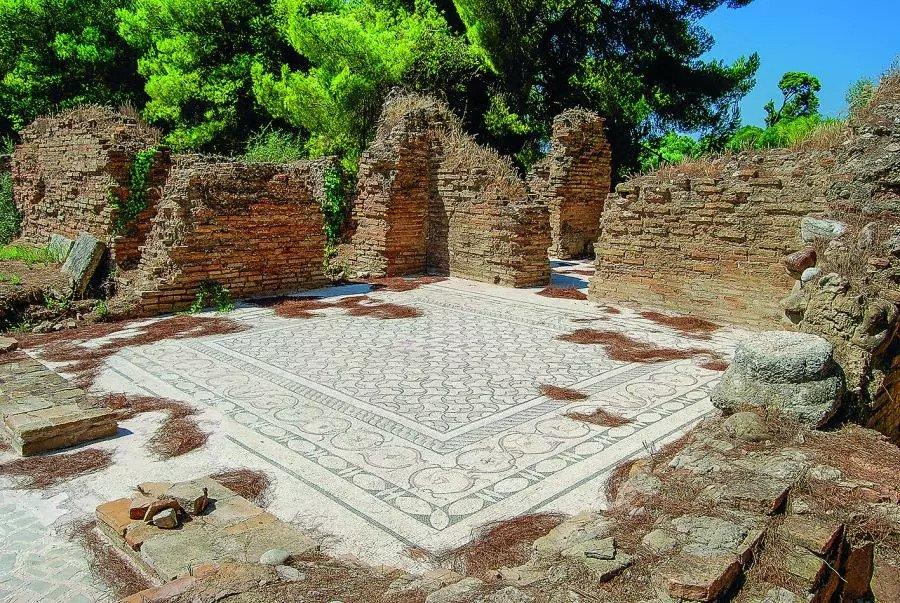

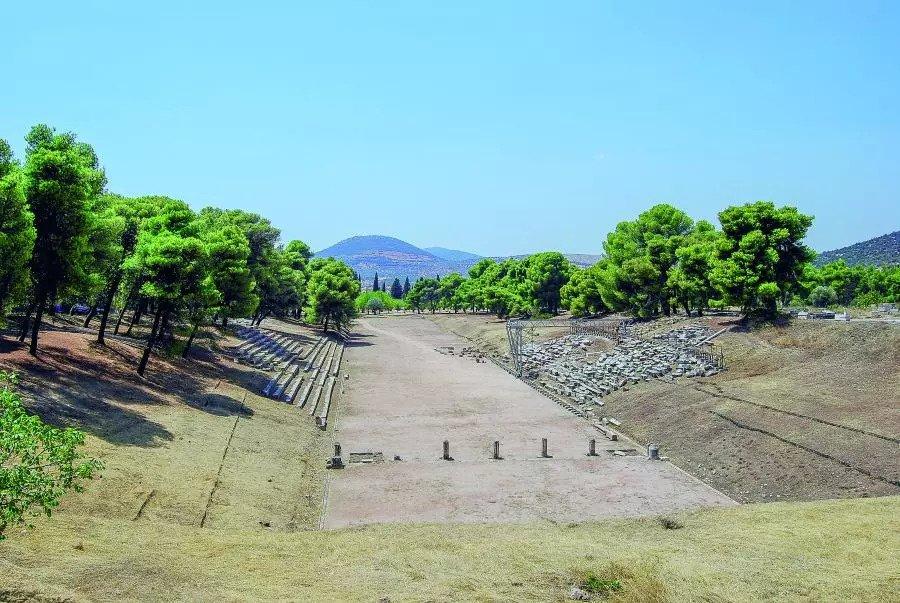
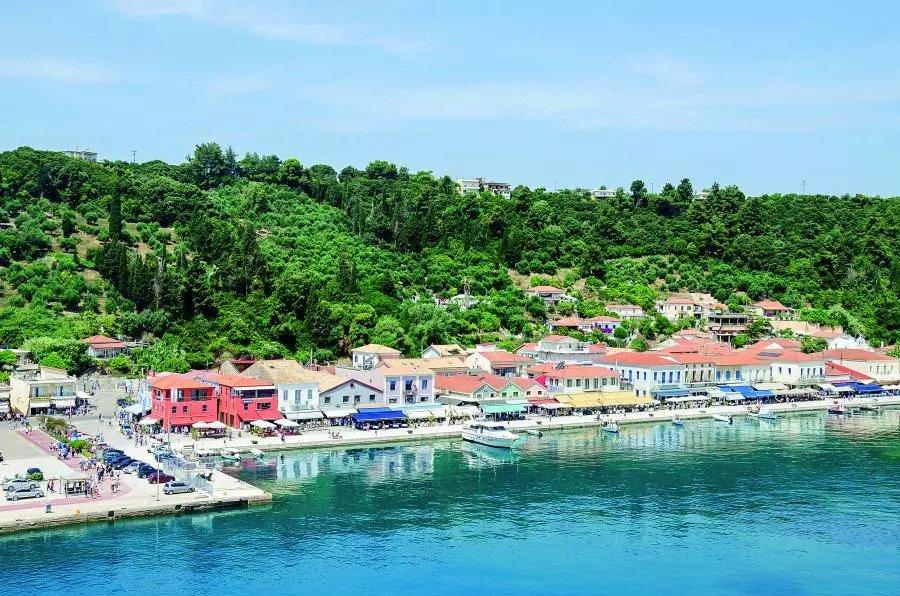
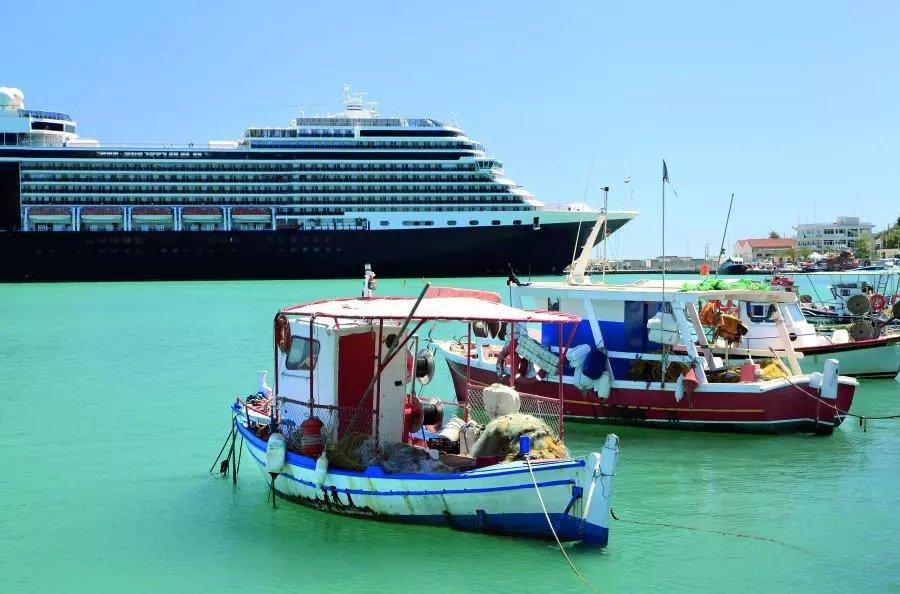

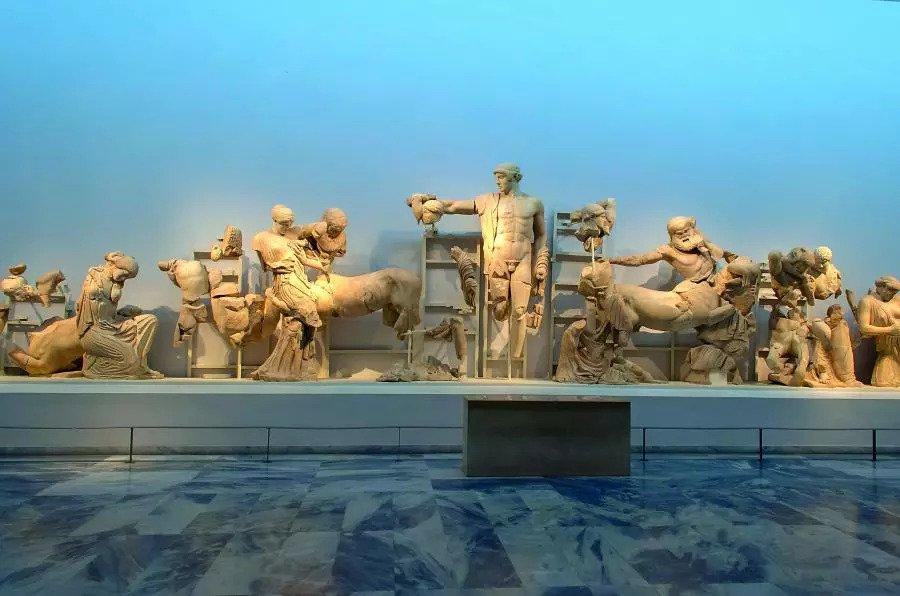
Useful links
